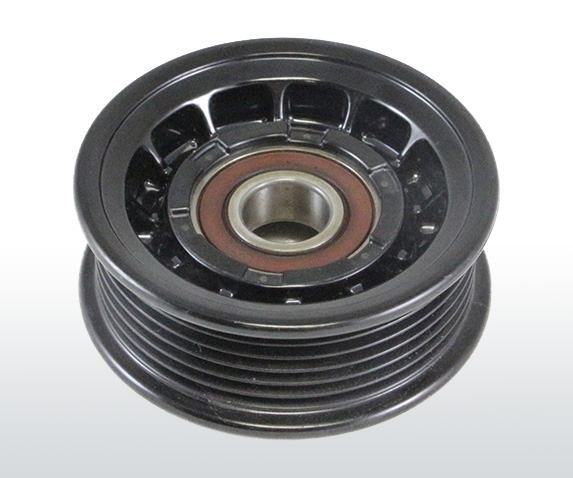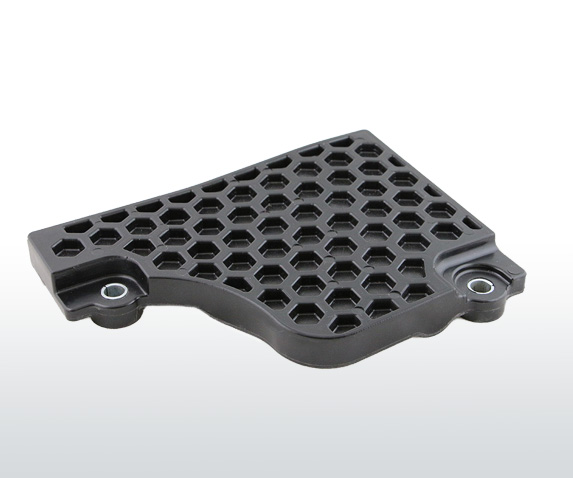Using Thermosets in High Temperature Applications
Using thermosets as a molding material can offer strong material properties including chemical and corrosion resistance, electrical insulation, and low water and moisture absorption, however one of the main drivers of implementing thermosets into a molding application is the heat resistance provided to molded end parts. Thermoset materials including phenolic and bulk molding compound (BMC) polyesters may have formulations with heat deflection temperature properties rated up to 500° Fahrenheit. Thermoplastics on the other hand may only have heat deflection temperature properties rated up to half of thermosets or even less. Product applications in industries such as automotive, electrical, home and kitchen appliance, industrial, and energy markets all rely on thermoset molded components for product assemblies to remain durable when experiencing elevated operating temperatures.
When comparing to other materials, thermosets offer the moldability advantages that plastics and composites afford over metallic counterparts and may also require less secondary machining or finishing operations for manufactured components. Additionally, metallic components may transmit heat throughout the product assembly, with thermosets offering insulation benefits for protecting potential internal components. Compared to engineered thermoplastics such as nylon, ABS, and polycarbonates, thermosets provide further durability for high temperature applications and will not disfigure or melt as a thermoplastic solution could, which may affect the integrity, safety, and function of the thermoplastic product assembly. Additionally, many thermoset materials are UL rated for flammability with a V0 or 5VA UL designation, making them much less flammable than a thermoplastic which can melt and burn.




